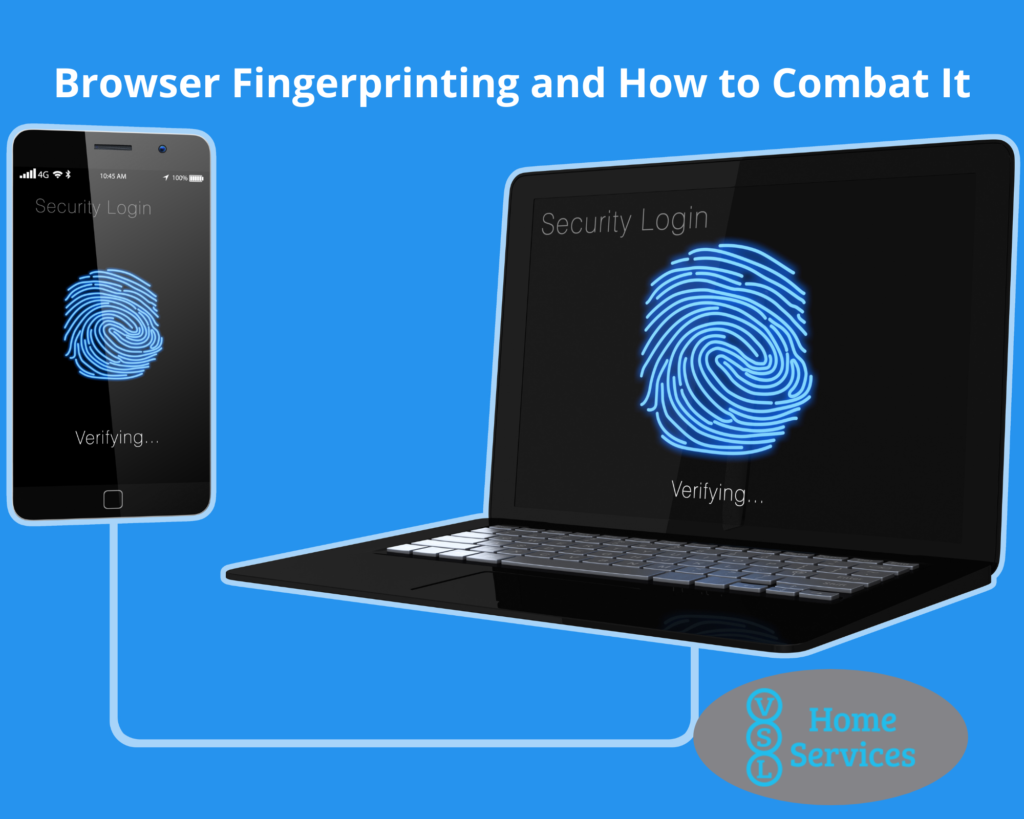
browser fingerprinting? Chances are that you may not be aware of what browser fingerprinting is and that it may already be happening to you.
We’re going to cover what browser fingerprinting is and what you may do about it in this article. Keep reading for riveting information.
What is Browser Fingerprinting
Before we answer what browser fingerprinting is, let’s cover what a cookie is.
Kaspersky defines a cookie as follows, “Cookies are text files with small pieces of data — like a username and password — that are used to identify your computer as you use a computer network. Specific cookies known as HTTP cookies are used to identify specific users and improve your web browsing experience.
Data stored in a cookie is created by the server upon your connection. This data is labeled with an ID unique to you and your computer.
When the cookie is exchanged between your computer and the network server, the server reads the ID and knows what information to specifically serve to you (Kaspersky).”
Browser fingerprinting is a tracking technique that websites may use in gathering and collecting information on you. Per Mozilla, “Fingerprinting is a type of online tracking that’s more invasive than ordinary cookie-based tracking. A digital fingerprint is created when a company makes a unique profile of you based on your computer hardware, software, add-ons, and even preferences. Your settings like the screen you use, the fonts installed on your computer, and even your choice of a web browser can all be used to create a fingerprint (Mozilla).”
By working in the background, all of your information is put together and forms your browser fingerprint. Your browser fingerprint may be traced back across the internet and different browsing sessions.
Browser fingerprinting is not the same thing as a cookie. For one thing, websites are required to notify you about cookies and gain your permission to use them. Think of the annoying pop-ups you have to answer when first entering some websites. Some websites will not work if you say no to cookies, but most of the time you may continue browsing. On the other hand, browser fingerprinting is not regulated and websites do not have to notify you nor gain your permission to implement their fingerprinting.
Are you able to hide your browser fingerprint
This modern tracking technology can be a challenge to combat. For starters, you may use a “non-rare” browser. “Non-rare” browsers are simply less known and less used browsers. Right now, the latest version of Firefox is the best browser to hide your browsing fingerprint. Even Firefox has a vulnerability with browser fingerprinting which can distinguish the browser by the plugins and fonts that are installed on the browser.
Along the lines of a non-rare browser, you may use a TOR Browser. TOR is short for The Onion Router which gained its name by hiding your connection behind many layers. It does this by funneling all of your web traffic through the TOR network.
Next, you may disable Javascript. Javascript is the primary way that websites use to detect plugins and fonts installed on the browser, making disabling it a powerful defense amongst browser fingerprinting. The downside to this is that Javascript is required to may many sites operate well.
Incognito Mode
Some browsers afford you the ability to go incognito (learn more about the incognito mode in a recent article of ours: The Best Chrome Features You May Not Know About) while browsing, offering some privacy measures online. Incognito mode sets your online profile to standard data points, matching or similar to others using incognito mode. When many different people leave behind similar fingerprints, it makes it more challenging to identify individual profiles.
Now that you know
Now that you know more about what your browser fingerprint is, the risks and vulnerabilities it presents, and ways to combat it, will you change anything? Surfing the web as usual leaves fingerprints everywhere. What will you do to help hide your browser fingerprint?
